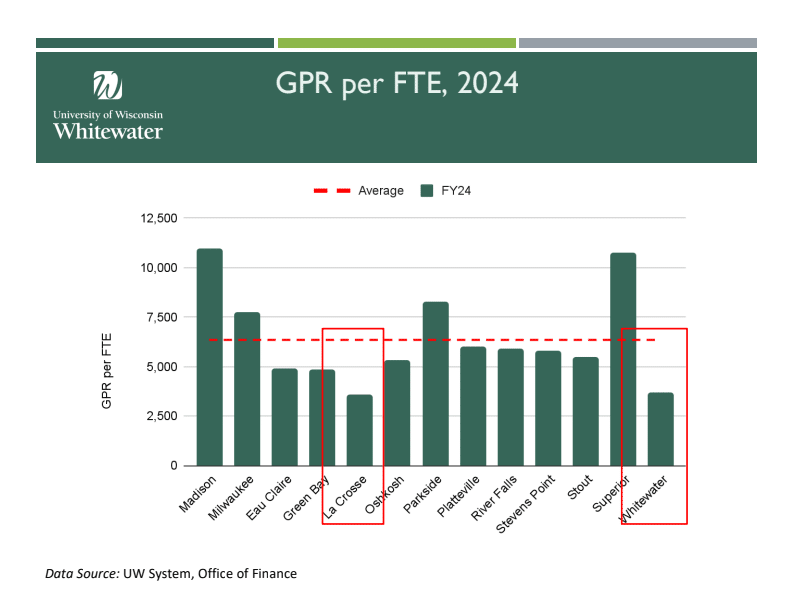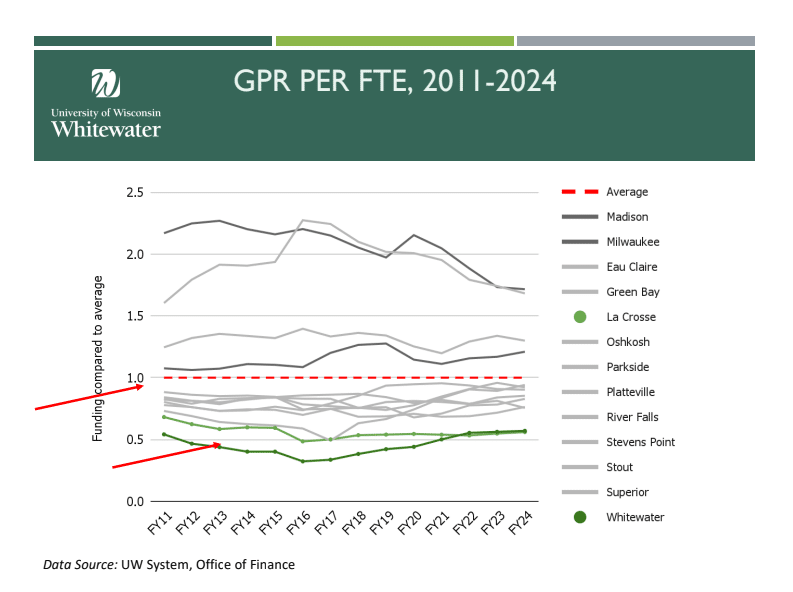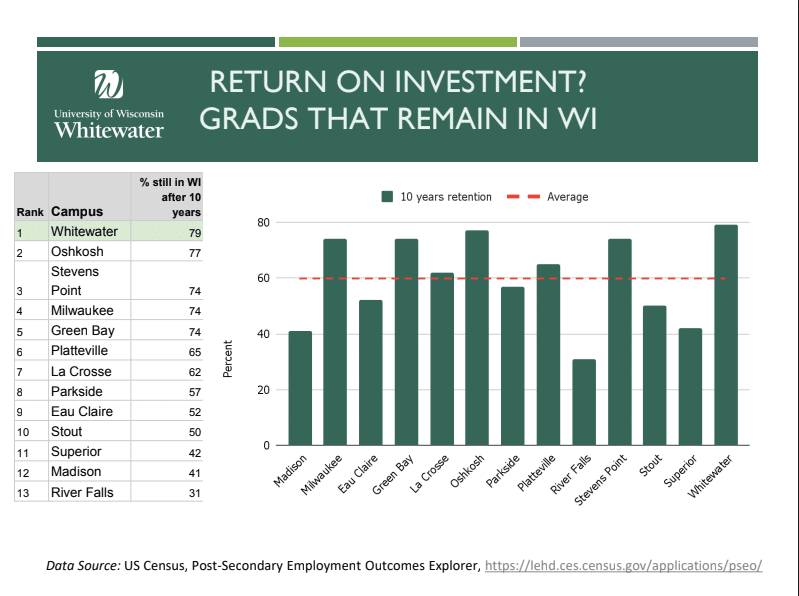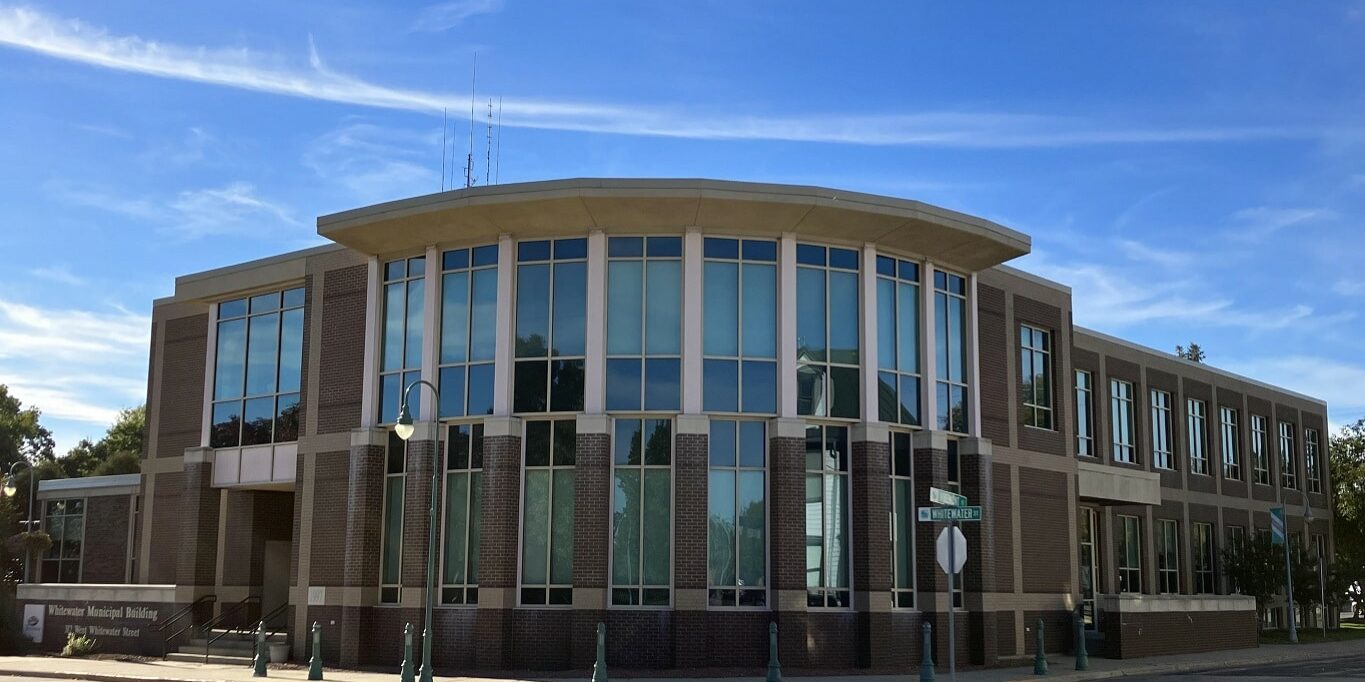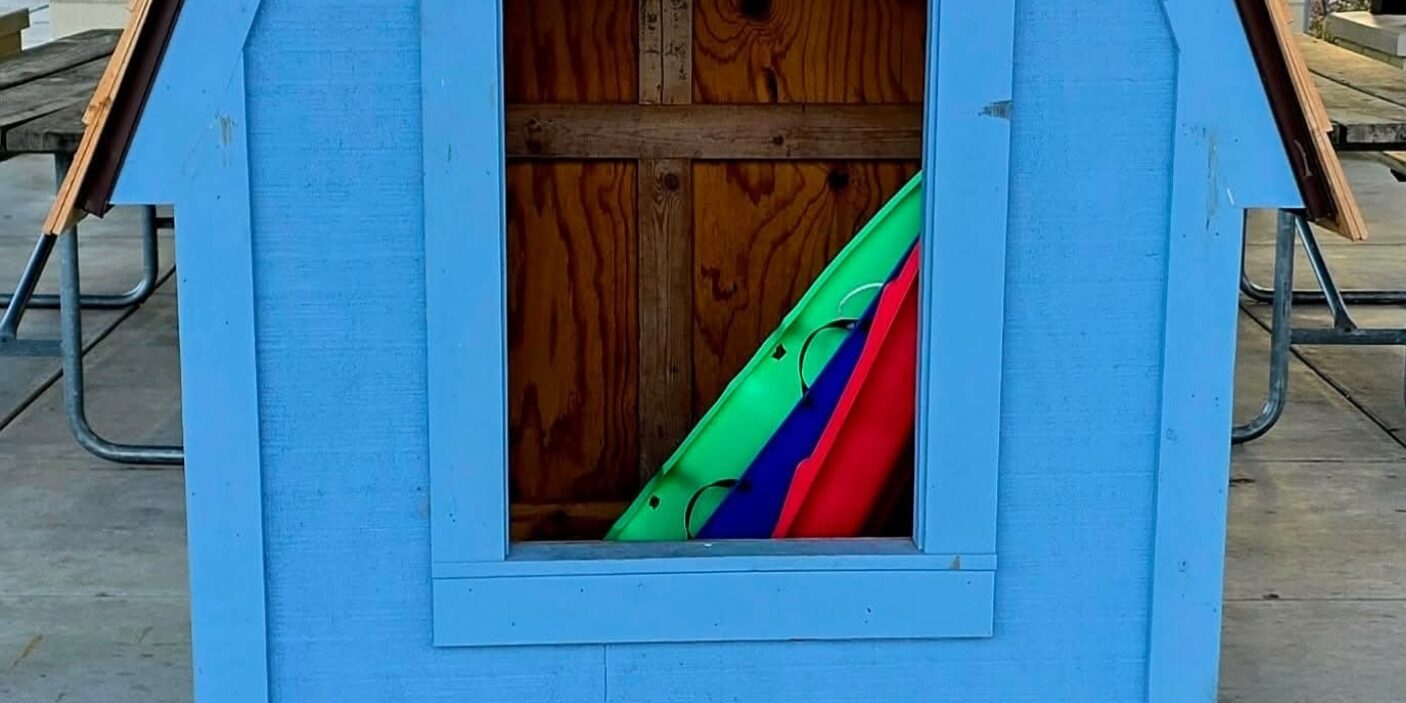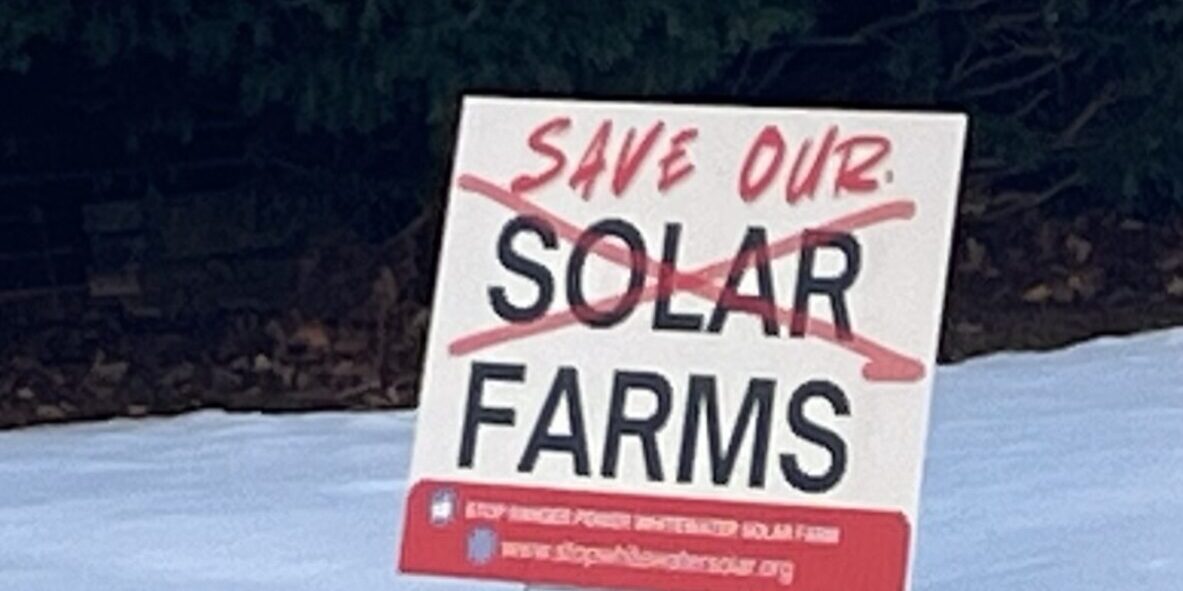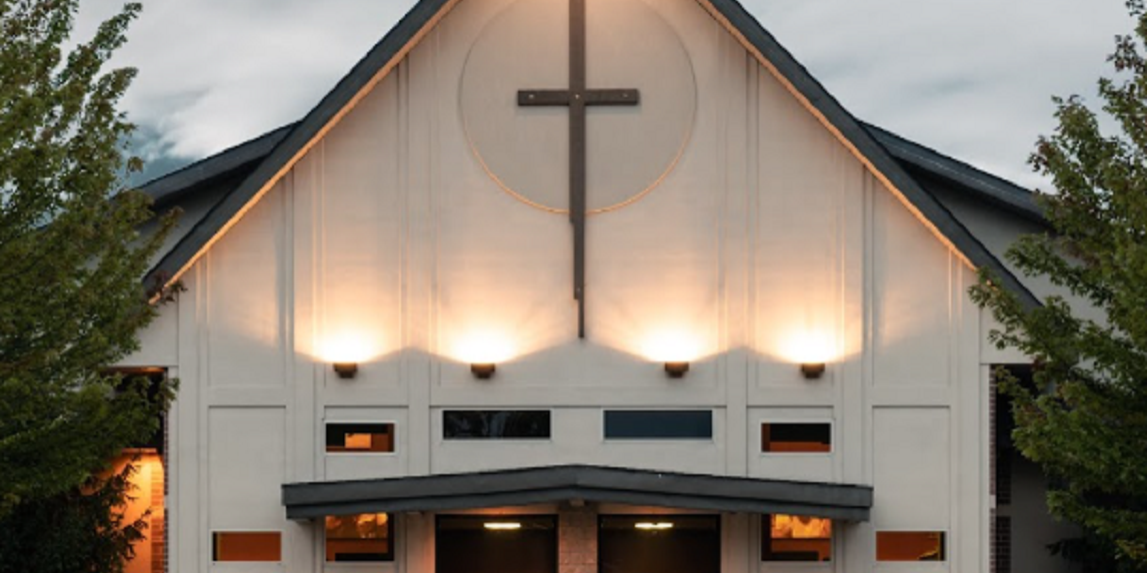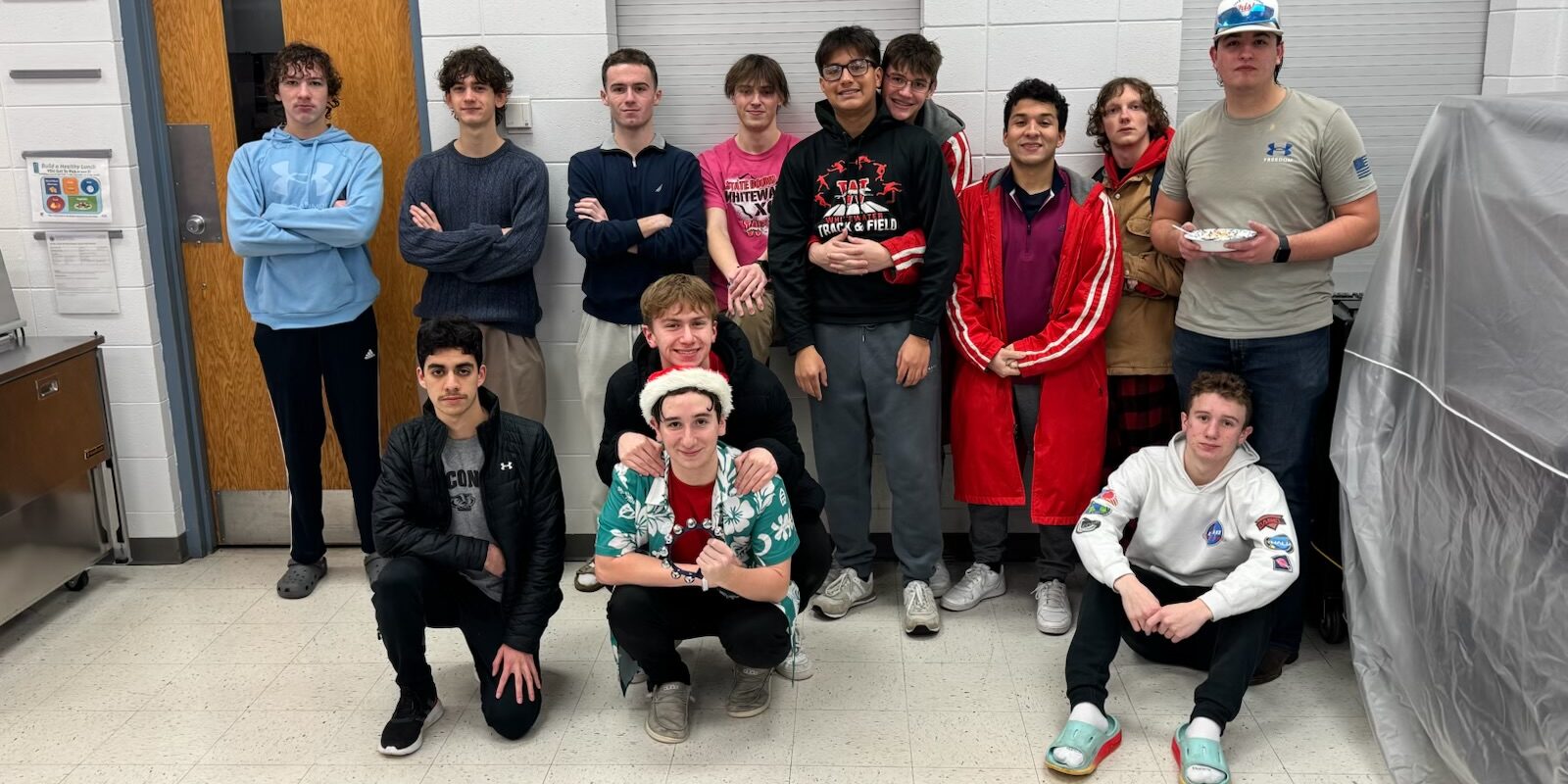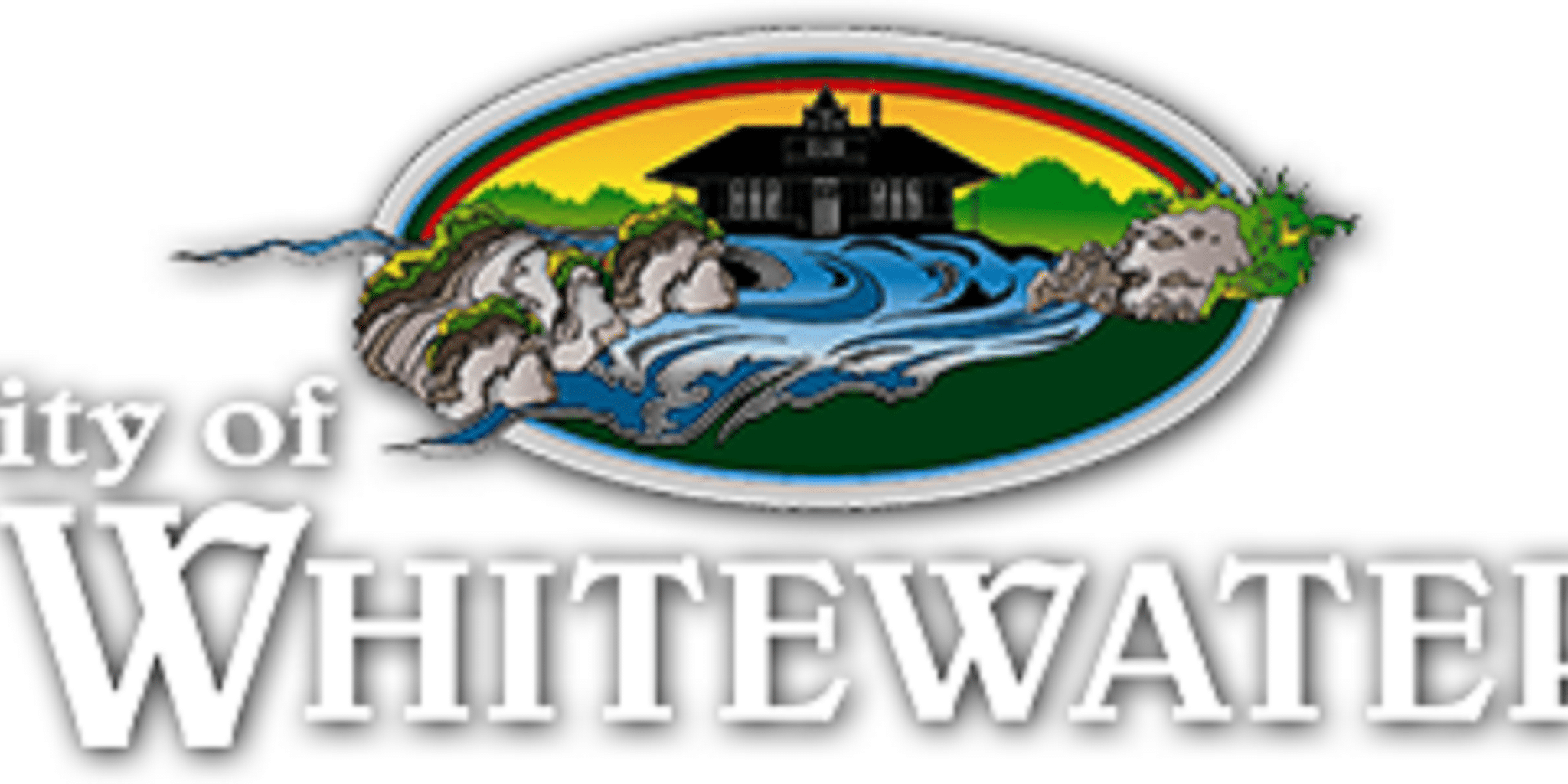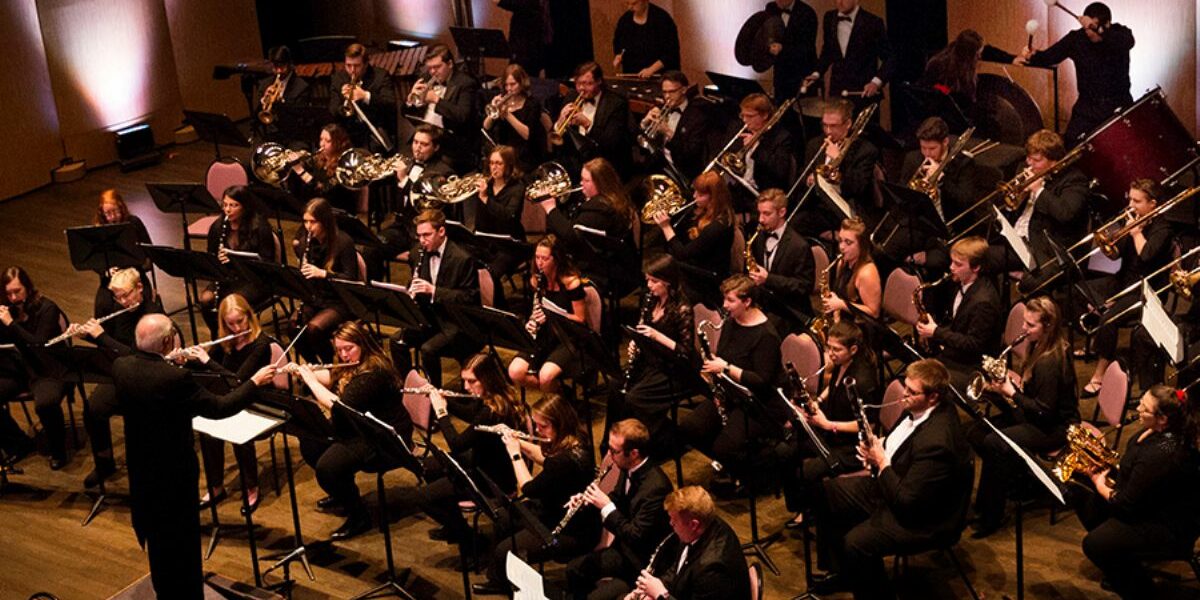By Lynn Binnie
Whitewater Banner volunteer staff
whitewaterbanner@gmail.com
Two UW-Whitewater professors, Eric Compas and James Hartwick, together with the Greater Whitewater Committee, have been challenging the state legislature to delve into a decades-old question: why do some of the universities, including UW-W, receive much lower state General Purpose Revenue (GPR) funding on a per student basis than others in the system? The answer from system personnel has never been much clearer than, “It’s complicated.” The Legislative Council Study Committee on the Future of the University of Wisconsin System heard a presentation on the subject by Dr. Compas on September 26, and a letter from Jeffrey Knight, President & CEO of the Greater Whitewater Committee is on the committee’s agenda for their October 24 meeting.
According to Knight’s letter, “In fiscal year 2024, UW-W received approximately half the system average distribution which translates into a $26 million shortfall [which would be an 11% increase in the total budget.] As a result, over the past 10 years, relative to the average GPR distribution per student, UW-W received $238 less than they should have been allocated. This leaves fewer resources to recruit and retain quality faculty, develop innovative programs, provide competitive scholarships, and properly market all that UW-W has to offer.” Knight points out that the inequitable funding not only affects the university, but the community and surrounding areas as well.
The letter continues, “UW-W has repeatedly demonstrated that it responsibly uses the limited state resources it is allocated. Despite the headwinds they face from the UW System funding model, UWW is growing, this year having its largest enrollment in four years, and continues to offer exceptional value to its students and to the state.” After providing a lengthy list of achievements and positive characteristics of the university, Knight concludes, “We are requesting that the Study Committee recommend an end to the current GPR allocation method and req2uest that the Board of Regents establish a fair and transparent GPT distribution formula, with a goal of reaching a much more equitable distribution of GPR per student within 5-10 years. Additionally, we request that the study committee recommend the establishment of a 3-5 year mandatory review and update of a new transparent GPR formula.”
Even if UW-W received a more equitable “piece of the GPR pie,” the school would still undoubtedly not compare with respect to state funding versus the average university in other states. In 2023 the Wisconsin Policy Forum found that the UW System’s state funding ranked nationally in 43rd place for 4-year campuses. According to a FOX11 News report, “Universities of Wisconsin President Jay Rothman says the bigger issue is the need for more funding to the system as a whole. ‘I appreciate the concerns that Green Bay has, I appreciate the concerns that Whitewater has. It’s just difficult in the context of trying to reallocate a dwindling pie to our universities,’ said Rothman.”
Most states have a transparent methodology for allocating state funds to their universities. Essentially all that is known about the Wisconsin formula is that it was developed using undisclosed criteria in the 70’s, and as the state has provided increased funding to the system, for the most part the universities have received identical percentage funding increases. The interesting graphs below were shown by professors Compas and Hartwick at the Greater Whitewater Committee’s October 10 meeting.
